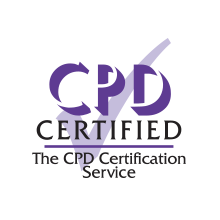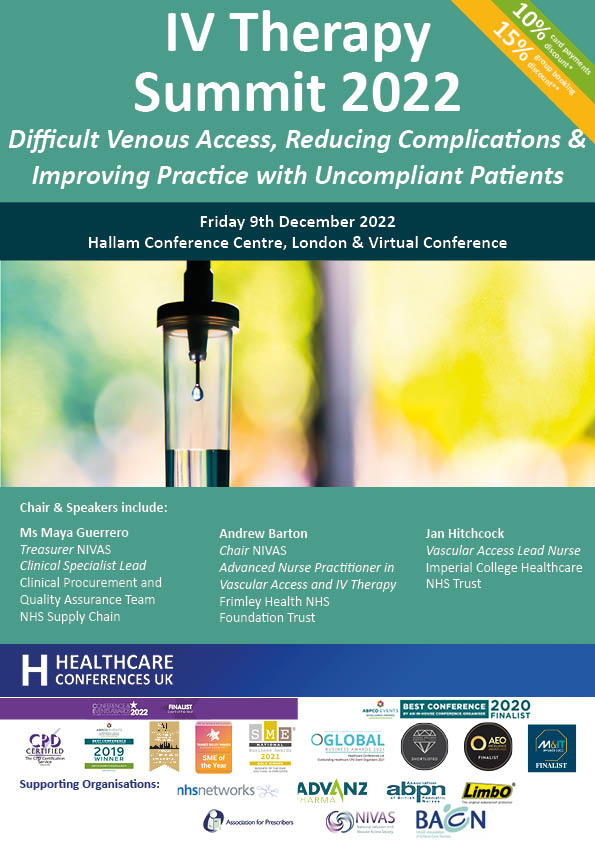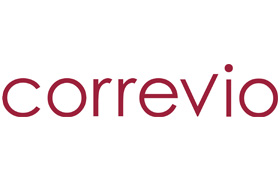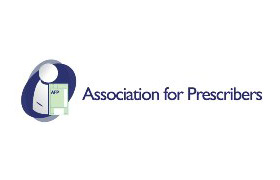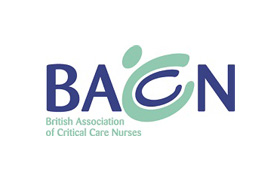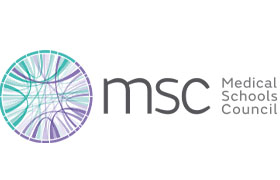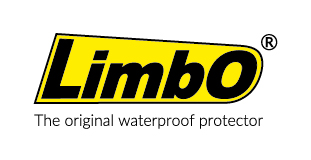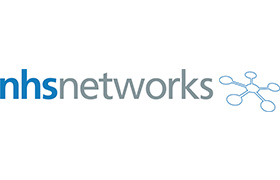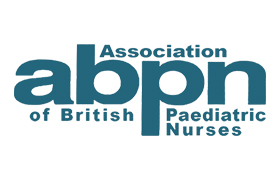Follow the conference on Twitter #IVTherapySummit
“Ensuring safe vascular access is a fundamental part of the care of many hospital patients with up to 90% of inpatients requiring intravenous access for delivery of fluids, medication and/or blood sampling. Yet 35–50% of peripheral vascular catheters do not meet their intended dwell time, largely due to complications which can cause delays in treatment and patient discharge.”
This conference focuses on IV Therapy: Improving Patient Safety and will provide delegates with practical strategies and advice to manage difficult venous access, reduce complications and improving practice with uncompliant patients. Difficulties in IV access due to individual patient factors or patients with difficult venous access often lead to repeated failed attempts which can result in delayed diagnosis and treatment. The conference will also focusing IV associated complications and practicalities of troubleshooting vascular access issues including effective PICC/Midline placement and maintenance.
This conference will enable you to:
- Learn from outstanding practice in improving patient safety in IV therapy
- Network with delegates leading IV Therapy services
- Develop effective strategies for troubleshooting access, complications and difficult IV access patients
- Reflect on national developments and learning during the pandemic
- Explore how a Human Factors approach can help to design out errors and make doing the right thing easier
- Improve the way you work with difficult to access patient groups including cancer patients, people with learning disabilities, children, IV drug users and people with needle phobia
- Develop your skills in reducing IV associated complications: Understanding and reducing infusion related infection and medical adhesive related skin injuries (MARSI)
- Ensure effective PICC/Midline placement including the use of Ultrasound guided vascular access
- Learn from experienced practitioners in setting up and delivering an effective rapid response service
- Understand how you can improve vessel health and maintenance
- Developing a practical and consistent approach to trouble shooting vascular access issues
- Identify key strategies for improving success rates in vascular access
- Ensure you are up to date with the latest evidence
- Self assess and reflect on your own practice
- Supports CPD professional development and acts as revalidation evidence subject to peer group approval for revalidation purposes
“For many patients, the placement of a vascular access device or the process of taking a blood sample is the only invasive procedure they will experience when in hospital. This can be a difficult or a stressful process if the patient has difficult vascular access. For some patients vascular access can be traumatic and extremely painful. The true number of patients with difficult intravenous access is unclear because there is no national reporting of this complication. Poor venous access can lead to a number of complications associated with the number of attempts made to gain IV access and the quality of the device/vein situation after insertion.”
